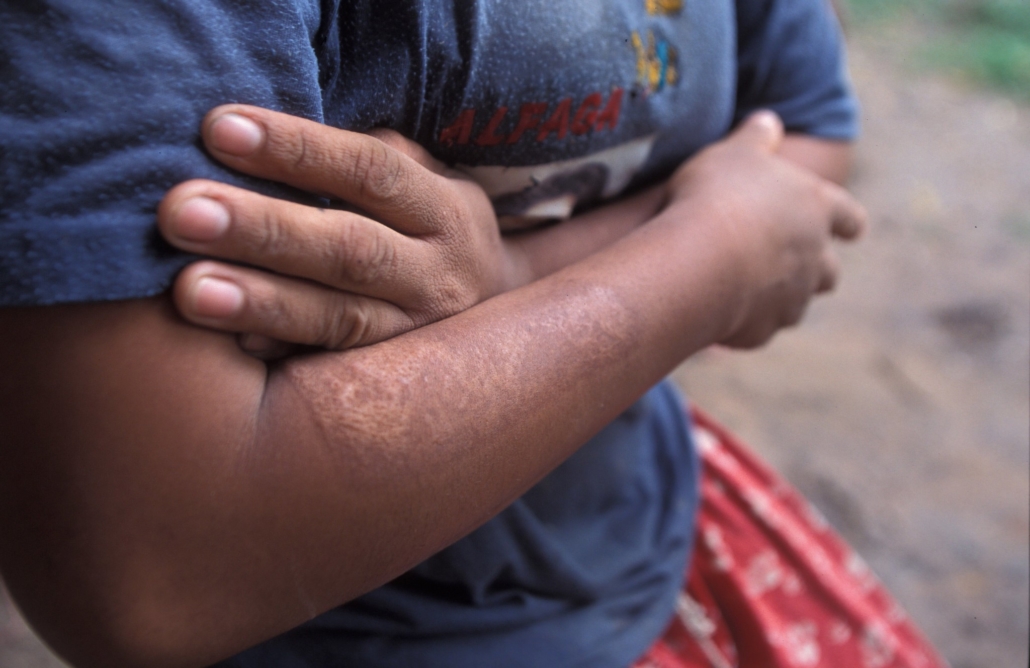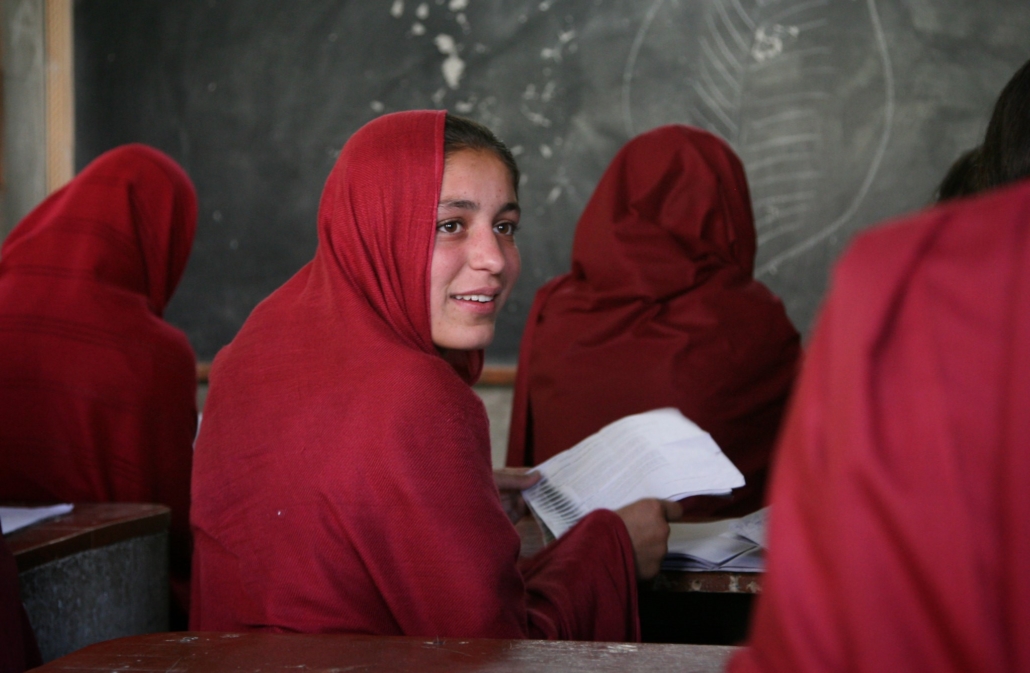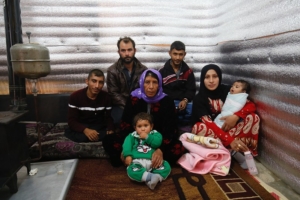 The gender wage gap refers to the inequality in pay between men and women. This imbalance exists worldwide, with an average gender wage gap of 20%. In fact, for work of equal value, women globally average 77 cents for each dollar their male counterparts earn.
The gender wage gap refers to the inequality in pay between men and women. This imbalance exists worldwide, with an average gender wage gap of 20%. In fact, for work of equal value, women globally average 77 cents for each dollar their male counterparts earn.
A variety of factors can attribute to the gender wage gap in lower-income countries. These include social and cultural understandings of the female gender, lack of education and overall low minimum wages. According to The Journal of Indonesia Sustainable Development Planning (JISDP), the upper and middle-class wage gap is under 20%, while the lower-class gap currently stands at 28%. This is critical in developing countries like Indonesia, where this gap poses a threat to those in poverty. Here is information about the gender wage gap in Indonesia.
The Gender Wage Gap in Indonesia
Indonesia currently stands at a 23% difference in pay based on gender. Socio-cultural factors play a large role in this gap. For example, women traditionally have certain household responsibilities and are less likely to join the labor market.
COVID-19’s Impact on the Gender Wage Gap in Indonesia
COVID-19 heavily impacted the overall job and labor market in Indonesia. Many companies experienced an overwhelming loss of demand for products, resulting in a large number of layoffs worldwide. Women also hold the most jobs in what is referred to as the “informal sector,” which happens to be the job market with the least benefits, such as health insurance and protections.
COVID-19 also heavily impacted the service industries (food, sales, accommodations, etc.), many of whose employees are women. However, it appears that more men than women experienced lay offs during the COVID-19 pandemic, as males dominated the industries that had many layoffs.
The pandemic also largely affected service industries (food, sales, accommodations, etc.), which women primarily had employment in. Women held the most jobs in what is the “informal sector.” In Indonesia, this sector also has the least number of benefits, such as health insurance and protection.
Looking Forward
Although the gender wage gap remains a persistent issue across the world, it is slowly reducing. Indonesia celebrated its first “Equal Pay Day” in 2020, according to the International Labor Organization (ILO). With this celebration, Indonesia marks its commitment to reaching equal pay and human rights for women. This serves as a national reinforcement of the work of human rights organizations.
The Equal Pay International Coalition (EPIC) is a combination of the ILO, UN Women and the Organisation for Economic Cooperation and Development (OECD). This coalition is fighting towards equal pay and gender equality in the workplace, both at a governmental level and with employers.
Although progress may be slow, it is still progress. Globally, countries such as Indonesia are taking the necessary steps forward to finally abolish the gender wage gap.
– Sophia Lovell
Photo: Flickr





